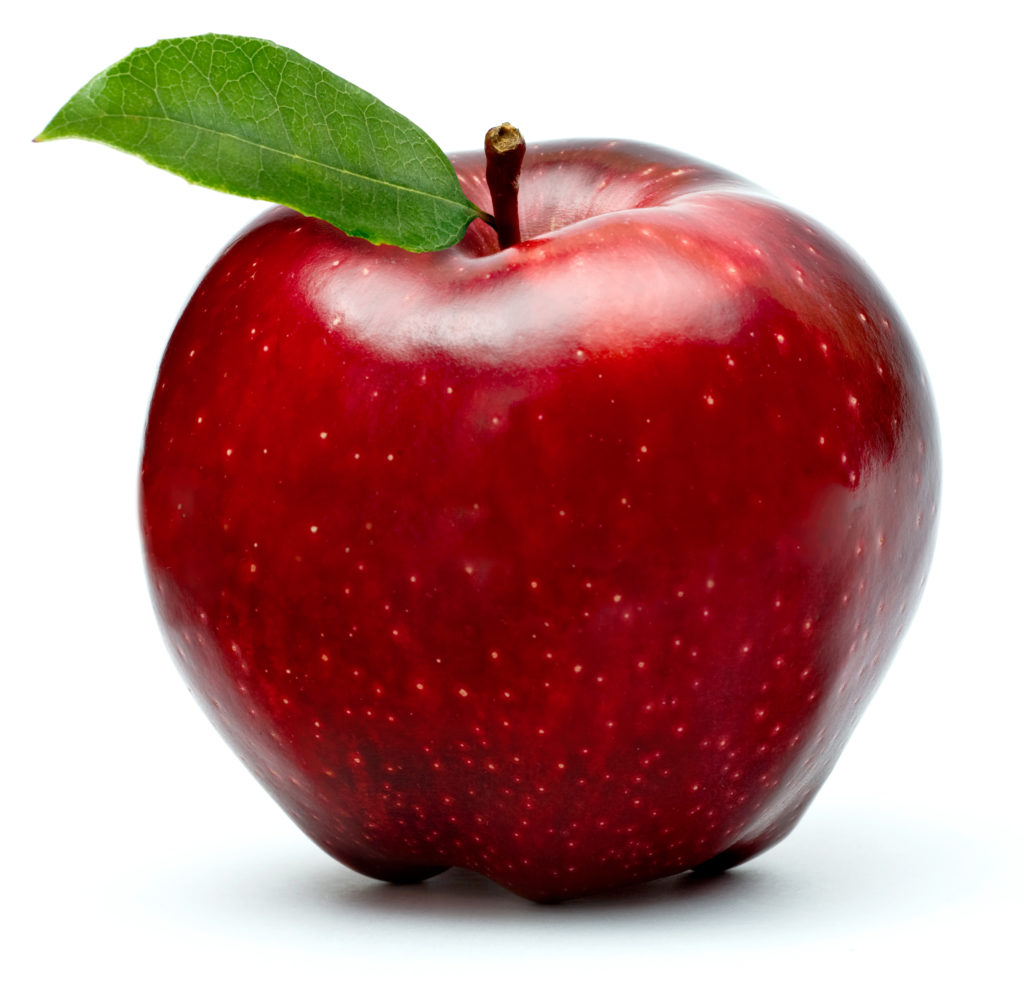Adapted from NEA Member Benefits
Education blogger Charity Preston likens an organized classroom to a well-oiled machine. “If a student sees a teacher who has specific routines and consistently straightens the room in a specific way each time, they begin to see patterns in how to time-manage and solve problems,” says Preston, who maintains the Organized Classroom blog.
Here are six tips for your own effective, organized classroom.
1. Arrange desks strategically.
What will your students be doing? If you favor small-group work, consider tables, such as a U-shaped table for a reading group. For math you could arrange desks in two rows, angled in front of the Promethean or whiteboard; this helps focus students and accommodates those who need to be close to the board.
2. Create optimal student flow.
If students move from reading to math centers, then the layout of your room should follow that order. For primary students, organize centers for math, reading and writing, using round tables if possible, or bulletin boards and color-coded and labeled pocket folders if you’re tight on space. Keep similar materials, such as art supplies or math manipulatives, together where they will be used. And make sure you can see all students easily.
3. Manage materials effectively.
Preston suggests that teachers organize papers using an “in” and “out” basket system for each class or period. When you are ready to grade papers, grab the basket. She also recommends using labels everywhere — on cubbies, bookshelves, bins and folders. Keep baskets/bins of paper, sharpened pencils and erasers to cut down on student time locating them.
4. Buy what you need, toss what you don’t.
Throw out materials that are broken, old or useless.
5. Make walls do some work.
Use your walls to create bulletin boards for student work and curricular supports. This can range from a word wall on the chalkboard to posters with math supports. Post some student work outside the classroom where parents, teachers and students can view it.
6. Organize online resources.
Store lesson plans, ideas, instructional websites, and electronic copies of worksheets using organizational sites such as Livebinders.com, or a desktop application such as Evernote. Users of iPads should try apps such as TeacherKit to organize lessons and grades. Use Pinterest to post curricular materials and to get ideas for classroom organization.
The bottom line:
Evaluate your organization at least once during the school year, and be prepared to tweak it for the next set of students.
Back to School 2019: Related content
The links below offer a mix of tips and trends that may guide your journey this year.

What’s new in EdTech
Best EdTech practices
The classroom management plan you need
Genius classroom hacks
Tips for Back-to-School Night
A cool classroom makeover
Sage advice from California Teachers of the Year Rosie Reid, Kim Holz, and Angel Mejico
5 things students need to hear you say
Self-care: 7 healthy habits
The Discussion 0 comments Post a Comment